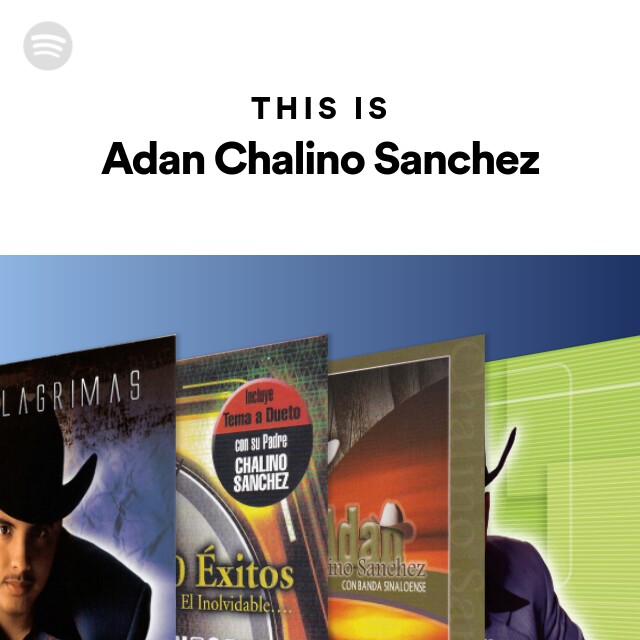
That was how it was for the first few cassettes. I don't want to sell this, it's just so each cabron can hear his corrido and so I've got it recorded." "And the engineer said to him, 'Listen, the trumpet is out of tune there, and you're out of tune there.'"Ĭhalino's response summed up his intentions, "No, loco, it's fine like it is. "The second recording he did with the banda, with the banda Los Guamuchilenos," Pedro says.
#Analysis of chalino sanchez songs how to
As his friend Pedro Rivera tells the story, "They had no idea how to sing a corrido, so he got angry and said, 'Give them to me, I'll sing them myself.' He got up and sang them the way he thought they should be sung, and that's how they were recorded for all time."Ĭhalino knew that he was not a good singer, but he could deliver a corrido lyric and the tapes were not intended for widespread consumption. Once they got into the studio, though, he found himself taking over. He did not consider himself a singer, so he hired a local norteño outfit, Los Cuatro del Norte, to record his first batch of commercial products. In this world, where literacy is by no means the rule, corridos are a performed rather than a written style, and Chalino's clients didn't want a printed lyric, but instead a cassette with their ballad performed by a band. He would write on commission, serving as a sort of musical press agent for whoever cared to come up with the cash. He turned out to have a striking facility for making up lyrics, and on his release found himself in demand among the low-level traffickers and tough guys of southern and Baja California. He wrote songs about his fellow inmates, trading his compositions to their protagonists in return for money or favors. It was around that time that Chalino ran afoul of the law and spent a few months in jail, and some say that this was the beginning of his new career. Available in both English and Spanish from Rayo, and imprint of Harper Collins Publishing. Narcocorrido: A Journey into the Music of Drugs, Guns, and Guerrillas. In 1984, Armando was shot and killed in Tijuana, and the story is that Chalino's first corrido was written shortly afterward to preserve his brother's memory. He worked various jobs, both the low-paid, semilegitimate work available to illegal immigrants and small-time border hustlers, smuggling drugs and people across the line in partnership with his brother Armando. With that, he had to leave town, and he moved to Los Angeles to live with an aunt.


According to the American reporter San Quiñones, who has interviewed many of Chalino's friends and associates, his legend begins with an incident right out of the Pancho Villa saga: when he was a child, a local tough raped his sister and, at the age of 15, Chalino ran into the rapist at a party, walked up to him without saying a word, and shot him to death. He was born in the rancho of Las Flechas and raised in Sanalona, a village about 20 miles east of Culiacán. The facts of Chalino's life are fairly straightforward.


 0 kommentar(er)
0 kommentar(er)
